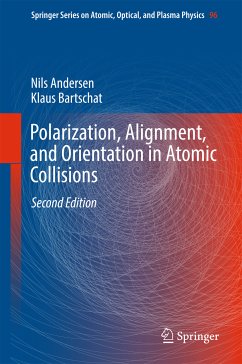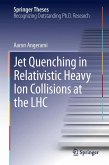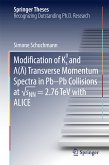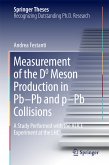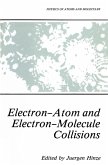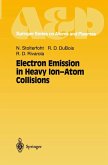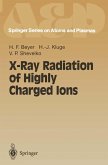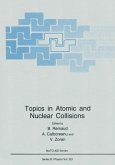The book is a significant update to the previous (first) edition, particularly in experimental and computational methods, the inclusion of key results obtained during the past 15 years, and the extended coverage of photo-induced processes. It is intended as an introductory text for both experimental and theoretical students and researchers. It can be used as a textbook for graduate courses, as a primary source for special topics and seminar courses, and as a standard reference.
The book is accompanied by electronically available copies of the full text of the key papers in Part III, as well as animations of theoretically predicted electron charge clouds and currents for some of the cases discussed in Part II.
Dieser Download kann aus rechtlichen Gründen nur mit Rechnungsadresse in A, B, BG, CY, CZ, D, DK, EW, E, FIN, F, GR, HR, H, IRL, I, LT, L, LR, M, NL, PL, P, R, S, SLO, SK ausgeliefert werden.
Hinweis: Dieser Artikel kann nur an eine deutsche Lieferadresse ausgeliefert werden.

